WHAT IT IS?
Vertical farming is a new and sustainable aeroponic and LED light technology for growing fresh vegetables and herbs indoors for chefs to use in their restaurants.
Going to a restaurant that serves you the vegetables you see from your table where it was picked up does not have to be a fantasy anymore.
This innovative method of agriculture utilizes aeroponic systems, where plants are grown without soil, suspended in air, and nourished with a nutrient-rich mist. Paired with energy-efficient LED lighting, which mimics sunlight and provides the precise wavelengths plants need for optimal growth, vertical farming is transforming the way restaurants source their produce. With the ability to cultivate a wide variety of herbs, leafy greens, and vegetables year-round, it offers a highly sustainable solution for chefs aiming to integrate fresh, high-quality ingredients into their menus.
What makes vertical farming particularly appealing is its low barrier to entry. The system requires minimal maintenance and only basic knowledge to get started, making it accessible even for those with little experience in agriculture. Once set up, these farms operate in compact, vertical spaces, making them ideal for urban environments or even inside restaurant kitchens. With growing awareness of sustainability and the demand for locally sourced ingredients, many restaurants across Italy, Spain, and the UK are embracing vertical farming to take control of their supply chains and reduce reliance on traditional, more resource-intensive farming methods
WHY IT´S COOL?
- Vertical farming is revolutionary for restaurants because it provides full control over their own production and supply chain, offering independence from external market fluctuations, weather conditions, or unpredictable supplier delays. With this technology, food can be grown faster than in traditional outdoor farming, with many crops reaching maturity in a fraction of the time. This rapid turnaround not only ensures a steady, year-round supply of fresh produce but also drastically reduces costs associated with suppliers and transportation.
- Moreover, vertical farming enhances a restaurant’s brand image. Establishments that adopt this technology are viewed as sustainable, eco-conscious, and forward-thinking, which resonates with a growing base of environmentally-aware consumers. By using 100% local and “KM 0” ingredients — meaning ingredients sourced directly from within the premises — restaurants can promote themselves as champions of farm-to-table dining, boosting their reputation for freshness and quality. This direct connection to the food they serve also allows chefs to experiment with new flavors, creating dishes that are not only delicious but truly unique.
WHY IT HAS FUTURE GROWTH POTENTIAL?
The potential for vertical farming extends far beyond its current applications in the hospitality industry. While restaurants are currently leading the charge, this technology has significant room for expansion across various sectors. Its efficiency, sustainability, and scalability make it attractive for hotels, supermarkets, residential settings, and also for education purposes in elementary schools.
As climate change and food security concerns continue to rise, vertical farming presents a viable solution for reducing the agricultural industry’s environmental impact. It requires significantly less water, space, and energy than traditional farming methods, making it an eco-friendly alternative in urban areas where space is limited. Additionally, as advances in technology further drive down costs and improve yield efficiency, vertical farming is likely to see exponential growth, not only in Europe but worldwide, as industries seek innovative ways to meet the increasing demand for sustainable food production.
The downside is the physical space needed for highly demanded restaurants and the initial growing time of the produce (some vegetables may take up to a few months).
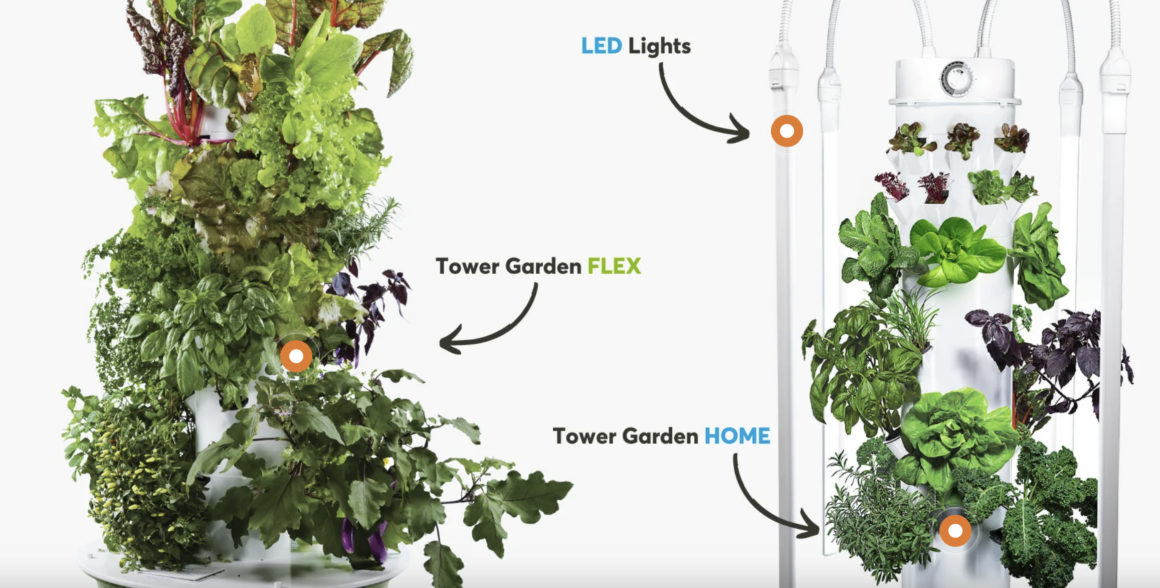
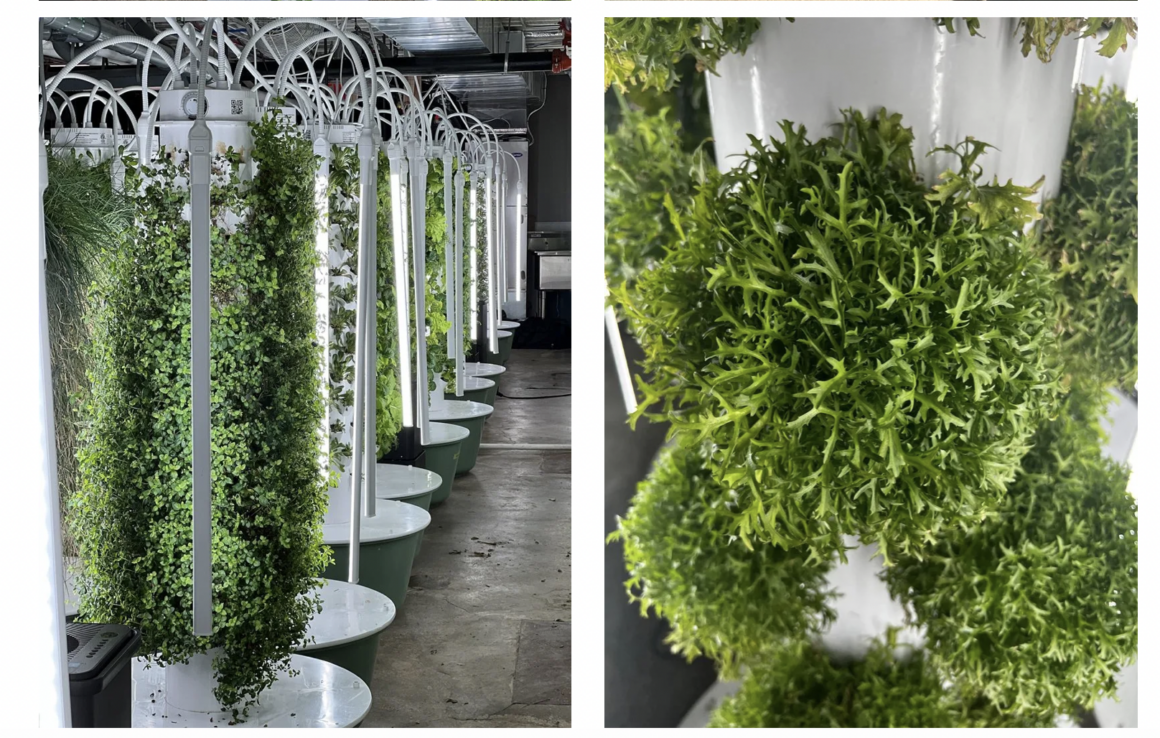
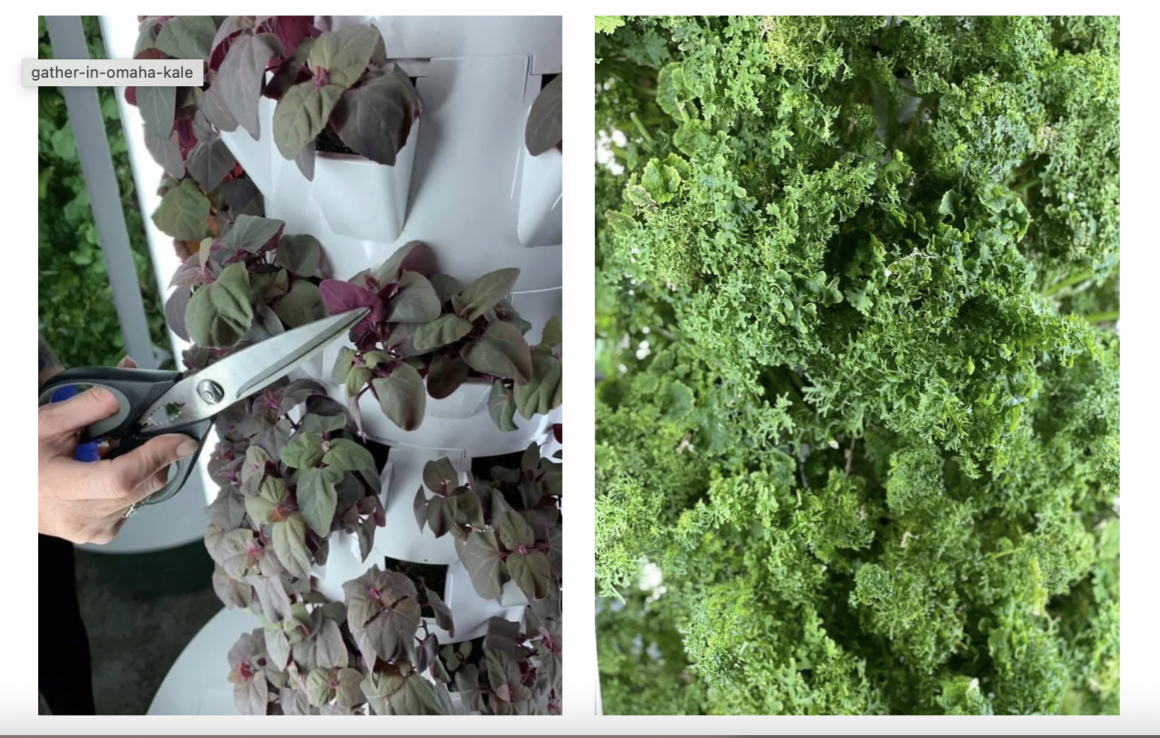
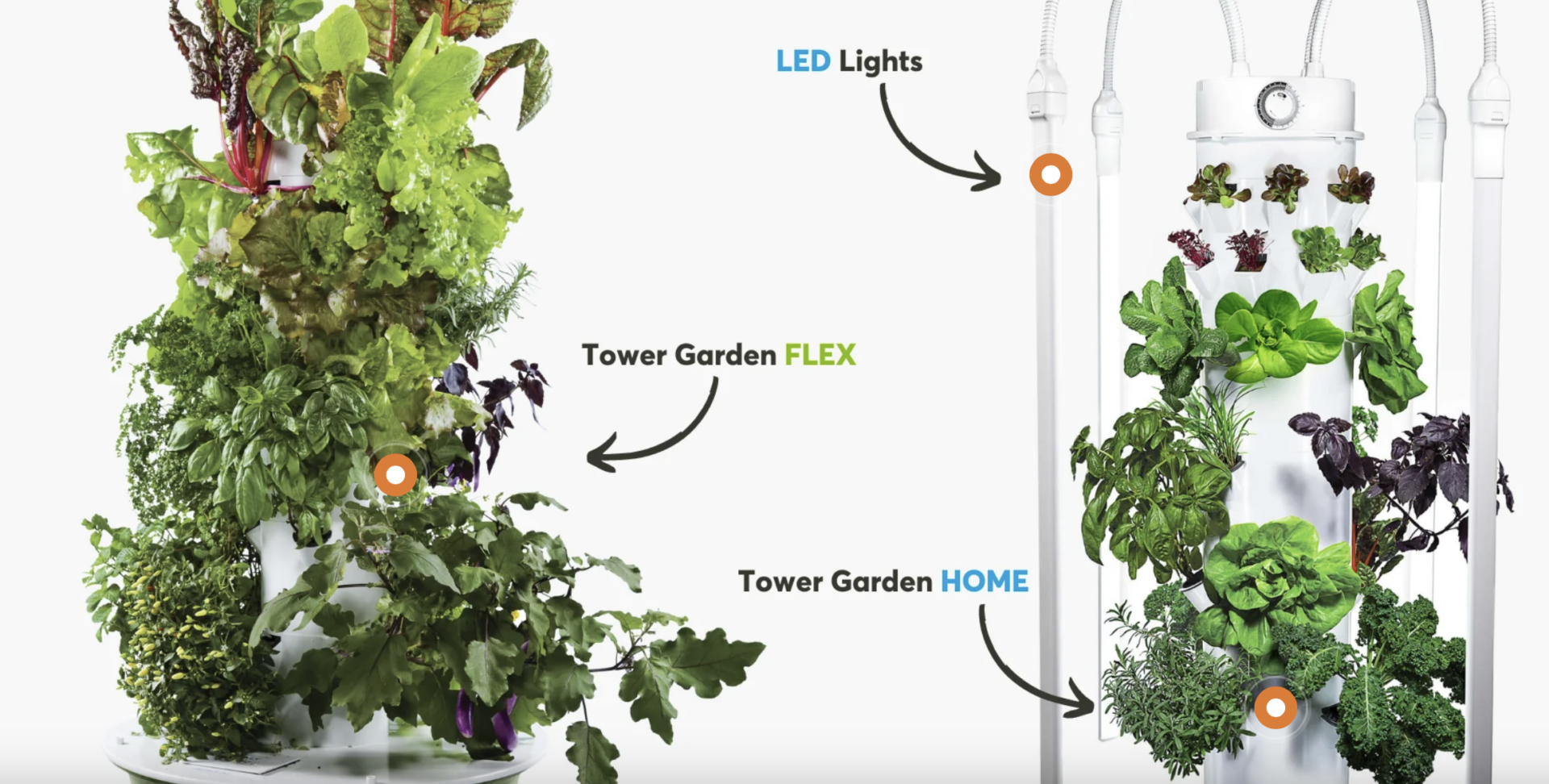

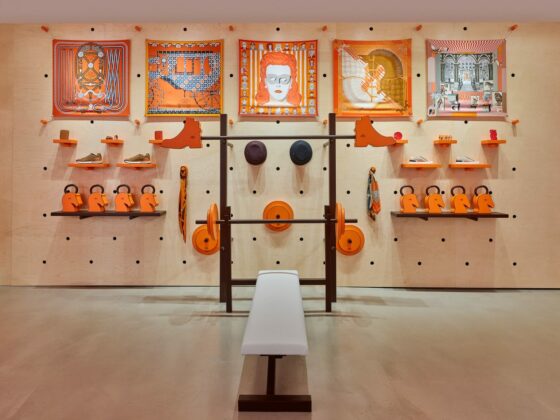
Science of the Time
Riccardo Giacomo Ferrari
shabbir D
ertical farming is such an impressive innovation! The thought of enjoying a meal with vegetables harvested right next to your table is amazing. It’s great to see how technology like aeroponics and LED lights are making fresh, local produce more accessible and sustainable for restaurants.
Sigrid Johanna Engel
One thing I’m curious about is the space requirements for this setup. It seems like a restaurant would need a significant amount of room to implement it effectively. Also, I wonder about the safety of growing veggies indoors with artificial light; it’s crucial that these practices are safe for consumers. Overall, this trend is fascinating, but we need to consider the logistics and safety aspects carefully!
Aster Baker